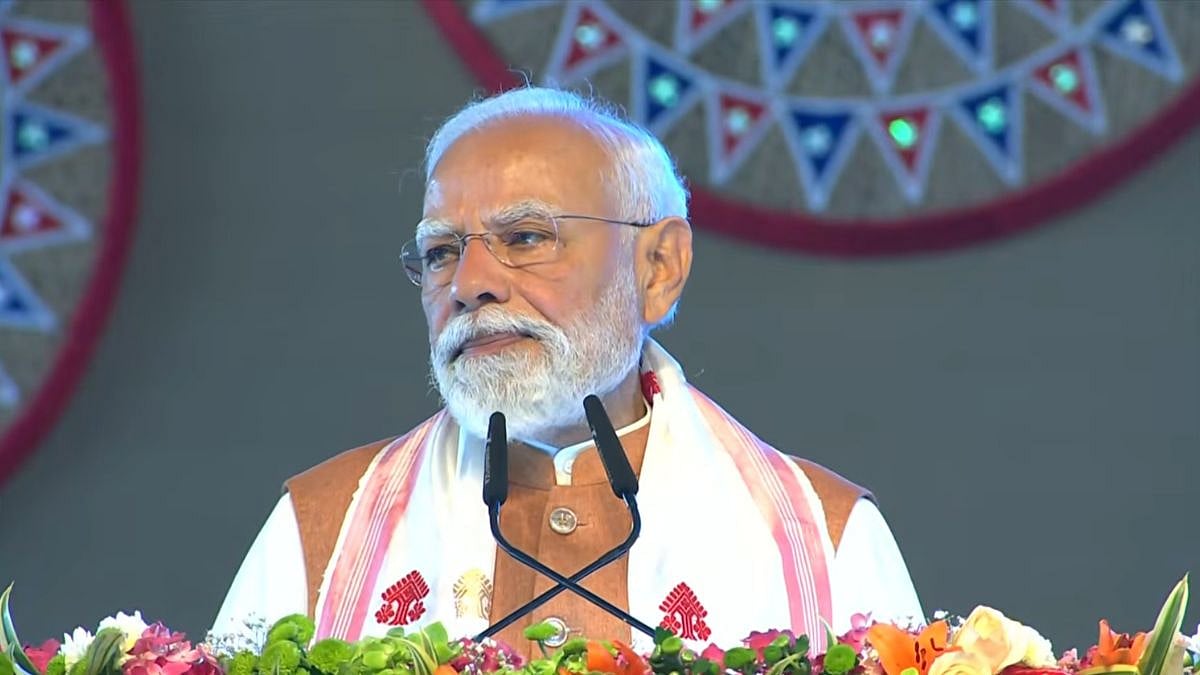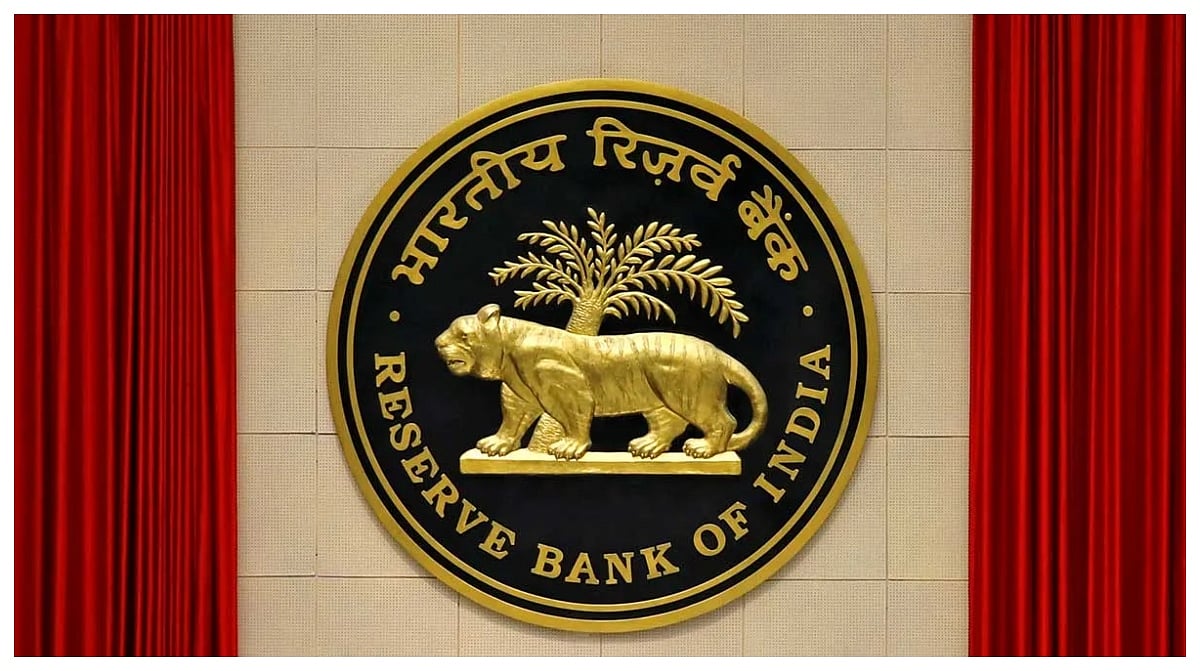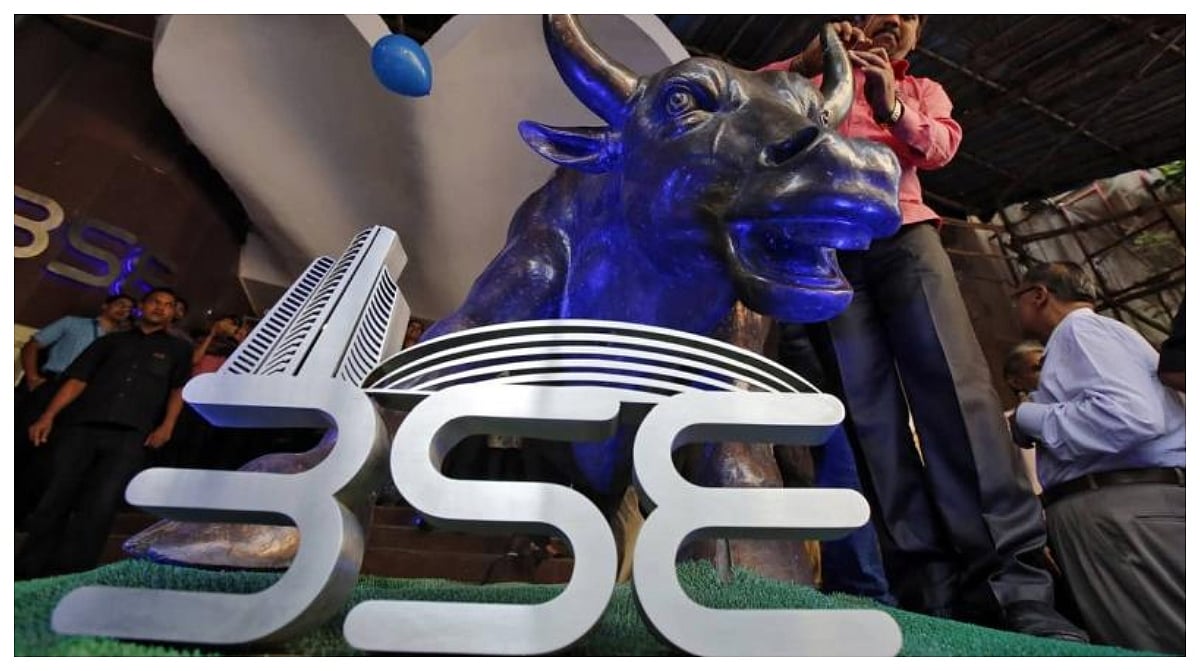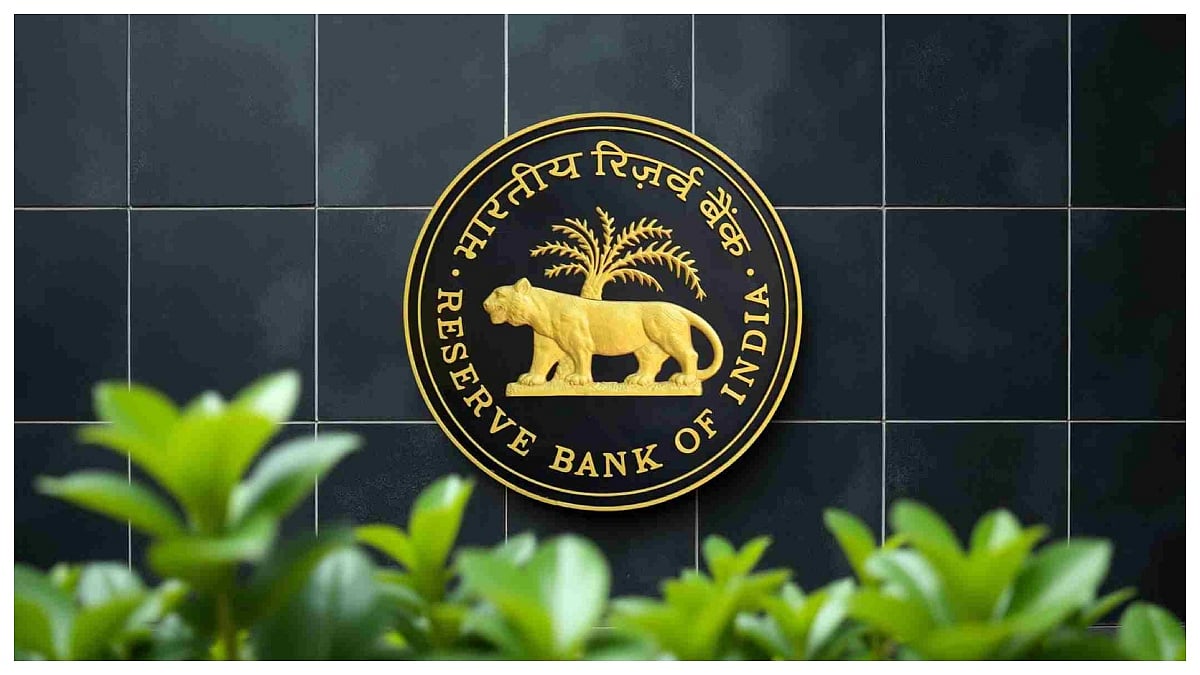Mumbai: The beginning of second Covid-19 wave has resulted in significant deposit outflows from banking system in alternated fortnights, the pace of which has now again moderated, according to a new report from State Bank of India's (SBI's) economic research department.
It said one of the worrying features is rising household debt stress. Household debt -- after taking into account retail loans, crop loans and business loans from financial institutions like commercial banks, credit societies, NBFCs and HFCs -- has sharply increased to 37.3 per cent of GDP in FY21 from 32.5 per cent of GDP in FY20.
"The decline in bank deposits in FY21 and concomitant increase in health expenditure may result in further increase in household debt to GDP in FY22," said the report.
India's household debt to GDP ratio is still lower than other countries, though there is need to supplement wage income as a percentage of GDP that has been declining.
However, said the report, various indicators show improvement in economic activity in June. SBI business activity index shows significant improvement in activity since May-end with the latest reading for the week ended June 28.
Significantly, the report said global experience shows that countries with high per capita GDP have been associated with higher Covid-19 deaths per million, while low per capita countries are associated with low Covid-19 deaths, showing that high income countries suffered more during the pandemic Indian experience shows that states with high per capita GDP have been associated with higher Covid-19 deaths per million while low per capita GDP are associated with low Covid-19 deaths.
Bihar, Jharkhand, Uttar Pradesh, Assam, Odisha and Rajasthan all have low per capita income and low deaths per million. At the same time, Maharashtra, Uttarakhand, Kerala, Karnataka, Tamil Nadu and Himachal Pradesh have high per capita income and high deaths per million.










